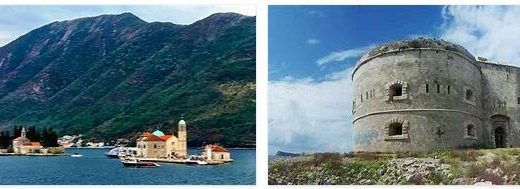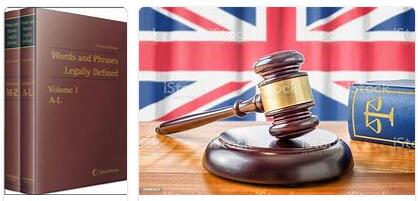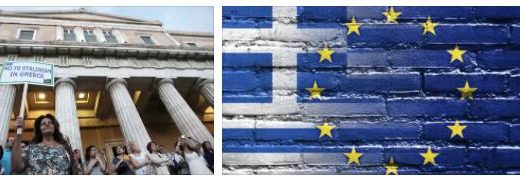Refugee Crisis in Europe Part II
The Commission announced measures to be taken in the short term, but also measures intended to help the EU deal with more long-term aspects of migration. Here, the EU focused on saving lives at sea, hitting criminal smuggling networks, building its capacity to process far more asylum applications in order to meet the increased influx to the EU, developing a common approach to asylum seekers and developing closer cooperation with third countries to tackle the migration flow. In addition, the EU will help frontline member states (first-line countries) – such as Italy and Hungary – to tackle their migration challenges. To succeed in this, the EU has invested in four new pillars in its migration policy, which will
- reduce incentives for irregular migration,
- strengthen border controls and limit the loss of human life,
- develop a strong common asylum policy,
- develop new common policies for legal migration.
Following the presentation of the Agenda for Migration, the EU has made a significant effort to overcome the current problems, but these measures have nevertheless failed to reduce the influx to the EU. An important reason for the lack of effect is – in the view of many – Angela Merkel’s statement that Germany would set aside the Dublin Convention and grant asylum to all migrants from Syria – that is, regardless of whether they had arrived in another EU country first. Since then, Germany and Angela Merkel have reverted to this promise.
And the EU is now investing heavily in getting its neighbors, first and foremost Turkey, to join in finding a solution to the crisis. The EU has promised to significantly increase financial assistance (EUR 3 billion is mentioned for Turkey alone) both to countries bordering on crisis areas and to refugees in the region. But it remains to be seen how this will affect the will of desperate people to seek happiness in Europe. The EU also experiences that Turkey – the country that has received the most refugees – makes counterclaims. This can make it difficult to find a common solution.
4: The crisis – part of the solution for the EU?
The refugee crisis has put the EU to the test. But it can also help the EU solve some problems: the crisis is forcing – like all crises – new thinking about the EU and about migration policy in the union. It tests the EU’s willingness and ability to deal with crises in neighboring areas and within the EU. It can help the EU find the right answers to new challenges and make the EU more adaptable.
This crisis has also sparked a debate on whether the unexpected – and by many undesirable – influx of many people in need can help the EU cope with another growing crisis for the EU – namely the demographic challenge . This means that the number of older people outside the labor market constitutes an increasing proportion of the EU population. The demographic challenge may in the long run have negative consequences for the level of welfare in the EU and undermine the EU’s competitiveness in the global economic game .
But even though the refugee crisis can be of some help in challenging the EU to find new and better solutions, it undoubtedly also creates a lot of tension within the EU and in some EU countries . For example, the EU has faced massive opposition from most Eastern European countries, which do not want to accept certain refugee quotas . Paradoxically, several of them themselves have benefited from the EU’s financial assistance and open borders since joining the EU, including Poland.
According to THESCIENCETUTOR, this crisis has become so serious that it is largely about whether the EU manages to survive as an institution and about the further fate of three groups of people who are directly affected by it and the way the EU handles it:
- the hundreds of thousands of refugees seeking protection in the EU and to whom the EU must deal, not least because of the value base of the entire EU project.
- economic migrants who want a better life and who do not have formal / legitimate demands for protection in the EU. These make up a significant proportion of those who come to the EU today. Although many in the EU believe that this group should be expelled, there are also some who believe that they can be an important demographic contribution to an aging Europe.
- – the most important from an EU perspective: EU citizens directly affected by the crisis, the millions of European voters who must be persuaded to believe that this wave of migration not only presents problems but can also be part of the solution to it demographic crisis.
5: Migration security?
The last task can be difficult. Namely, there are strong political forces in Europe that seek to exploit the crisis to strike political coins at it by playing on xenophobia and skepticism of the EU. Migration can easily be secured in the public debate – that is, presented as constituting a security policy threat and which should therefore be limited.
Several factors indicate that the securing of the migration wave can quickly become a reality. Most come from Muslim countries, and Islam is associated with threats and terrorist threats in the ongoing European debate. Furthermore, many European countries have some major problems integrating previous waves of migrants with similar backgrounds. In addition, the ongoing economic crisis in parts of Europe, with high unemployment and a lack of prospects for imminent economic recovery, makes it more difficult to see that economically motivated migrants can become important for Europe’s future.
This combination of factors has already resulted in – as the election to the European Parliament in May 2014 has signaled – a significant emergence of xenophobia and EU skepticism in many European countries. All this makes it difficult for the EU to find a solution that will safeguard the interests of all three groups mentioned above.
The great wave of refugees has reached Europe in a period of poorer economic prospects. This may lead some political entrepreneurs to take advantage of the situation and play an active role in the xenophobia and economic insecurity facing European society. This can strengthen both immigration-critical and Eurosceptic forces in Europe, thereby weakening European cooperation and undermining fundamental European values and solidarity.
This internal tension means that the crisis could potentially blow up the entire European integration project. What is at stake, therefore, is not only the fate of hundreds of thousands seeking refuge and protection in Europe, but also Europe’s future as a model for peaceful coexistence.












